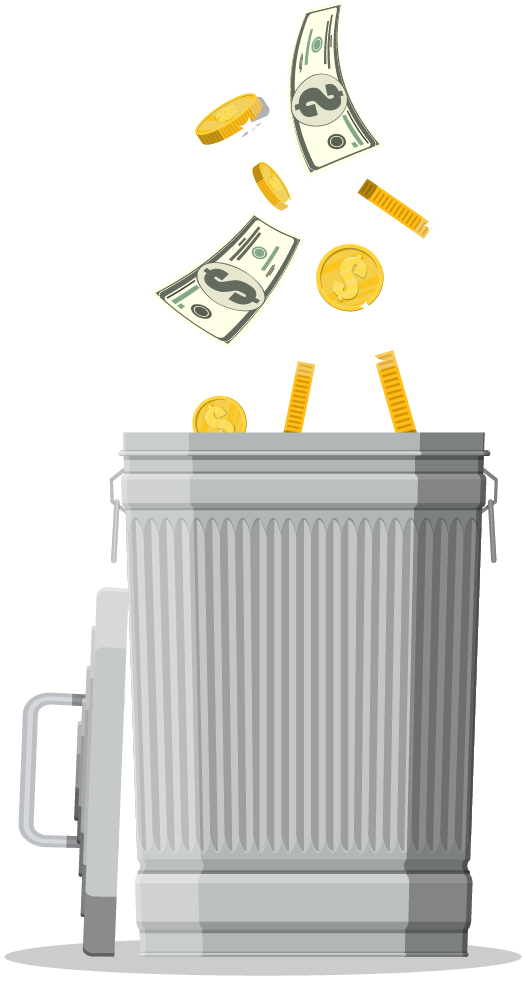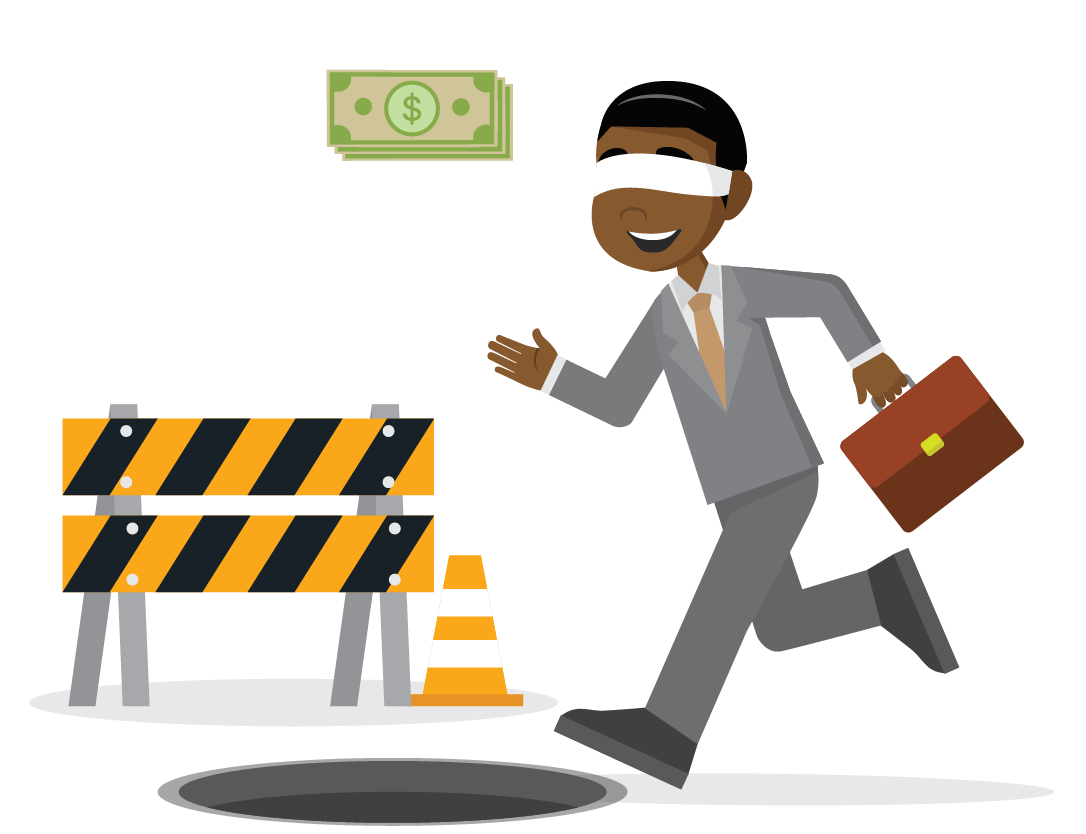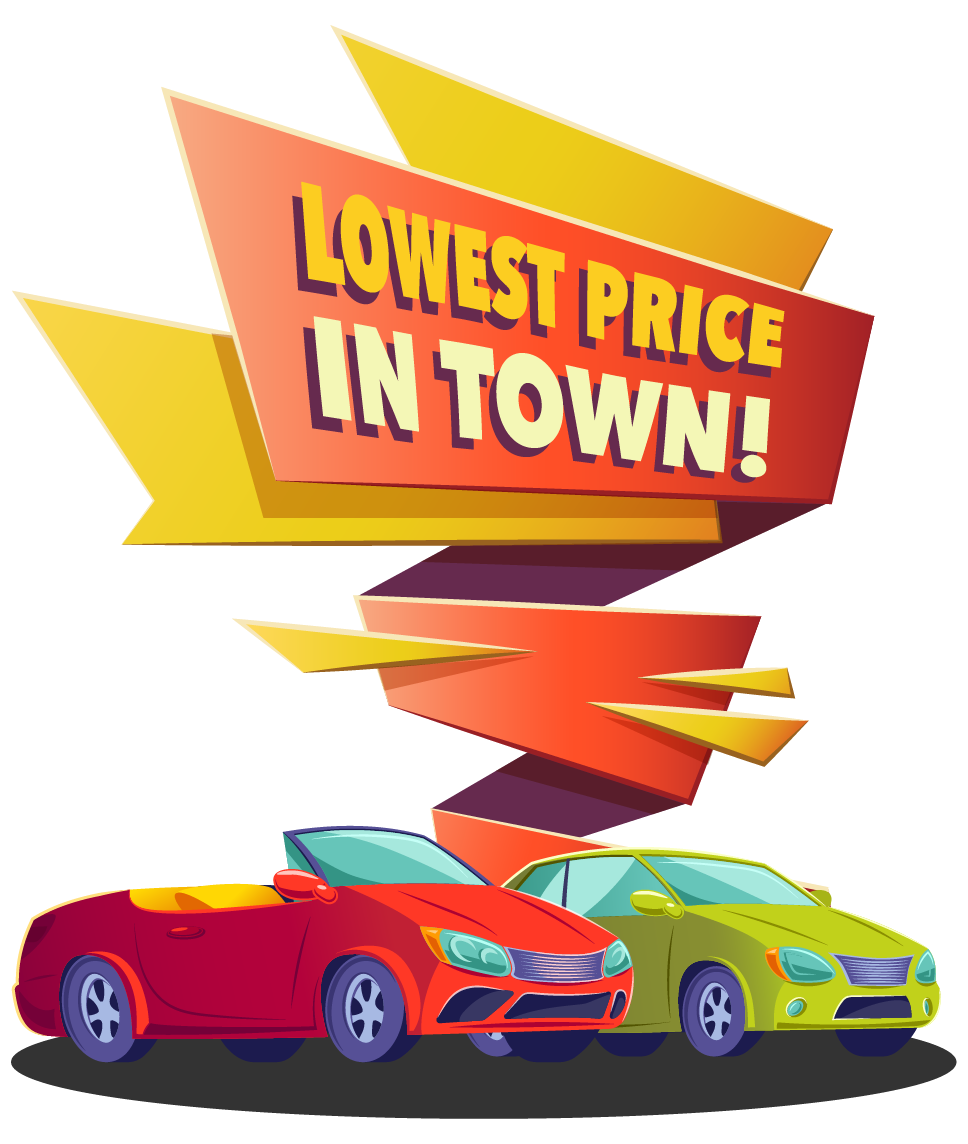
These are The Mistakes Most Dealers Make In Their Marketing That Kill Response, Sales and Growth Goals
Every year auto dealers throw an obscene amount of cash into advertising or marketing, with what results? A silent telephone and an empty lot.
What does it take to get the phone to ring and the ups to show up? What does it take to sell the number of units your store SHOULD BE selling? What does it take to stop throwing your money away when it comes to advertising or marketing your dealership? What should you do in an unpredictable market when you’re at the mercy of the media, manufacturers, vendors and politicians?
In today’s marketplace, there are seven specific plague-like money-sucking pitfalls that infect many of you, your dealerships and your marketing. The rest of this eBook will shed light on these little-known atrocities and show you how you can make your dealership impervious while simultaneously increasing the effectiveness of your advertising and marketing, so you see a significant increase in profit.

Here are the Seven Deadly Sins of Automotive Marketing.

Marketing Sin #1: Not understanding what “marketing” actually is.
Marketing is one of those terms that's defined in a lot of different ways. Dictionary.com defines it simply as, “to offer for sale or to sell.” This definition is misleading because marketing is a multi-step process that ultimately should lead to sales (and, of course, revenue). But defined that simply it does not give us any information to learn from.
Here is a good definition for marketing: The quickest path to selling prospects and clients who are properly positioned to be sold—without actually having to sell them.
That may sound confusing… to make it easier, let’s define the difference between sales and marketing.
Sales
Marketing
In a sense, marketing is pre-selling and positioning. You want to set the stage for your presentation. You are the director of a mega-profit-producing production. You want to get people excited about what you are going to show, demonstrate and tell them. You want them to have a certain perception about you and your dealership before they ever step foot on the lot or call on the phone. You want to be perceived in advance as a valuable resource, an expert, an asset—not an unwelcome, product-pushing pest.
This is particularly important for car dealers because the media has brainwashed the public to believe that you’re the latter. That means that your marketing must breakdown this misconception and demonstrate the true value you provide to customers.

Marketing Sin #2: Not having an effective marketing system.
Most people handle their marketing in a way we like to call “spray and pray.” Just SPRAY it all out there and PRAY something happens. As a result., it’s usually not very well thought out and is done with no real rhyme or reason. It just is what it is. Separate pieces of a puzzle, always changing, never measured and definitely not orchestrated into a proven system.
Your marketing should be like a musical score—written out in advance, with movements and rests and harmonies exactly as they are to be performed every time. The composer knows how the different parts will affect the thoughts, emotions, and perceptions of the listeners like clockwork.
The music sets the mood and the tone of the room. Your marketing should set the mood and tone for your sales presentation and your dealership experience.
Most dealers we meet are throwing spaghetti at the wall when it comes to their marketing— desperately trying to find what sticks…then riding that gimmick ‘til it stops working. Then they throw more spaghetti in order to find the next new gimmick.
This doesn’t make your marketing job or your life very easy or fun. It also doesn’t create a reliable, duplicate-able system that produces ongoing results for you, making your dealership impervious to changes in market conditions.
What you need to create is a powerful and systematic marketing system that pre-sells and pre-positions your dealership. And it should be based on response-oriented direct marketing. Using direct marketing you can sell yourself in advance and make the job of closing significantly easier.
Instead of just using your marketing to say, “Here we are. We’re getting our name out there. Here’s how long we’ve been here, and here’s our number in case you want to call us,” you really want to use education-based marketing strategies to get people to take immediate action and then be persuaded to come to the conclusion, on their own terms, that you are the only and best choice for them.

Notice we haven’t said anything in here about vehicles. Selling vehicles puts you in the commodity game. All dealers have similar vehicles. Instead you must differentiate your store, and help people understand why they should choose you over every other dealer.
By using marketing that educates and pre-sells your value, you position yourself as an expert in your field and in your market. This is the kind of thing that can help you overcome traditional negative industry stereotypes and give you an unfair advantage over all your competition.
Plus, there are many new methods of distributing your education-based marketing material that cost very little and are consumer-friendly, such as email, blogs, RSS feeds and podcasts.
How can you integrate some or all of these education-based direct marketing strategies into a systematic marketing plan that gets proven and consistent results? That’s the question you need to be pondering if you want to crush the competition and sell more cars this year.

Marketing Sin #3: Not using a proper headline in all your ads.
You may not know this… but your dealership name is NOT a headline. Let’s repeat that again for the “hard of reading.” Your dealership name is not a headline. Not in print. Not in Google. Not in Facebook.
So what is a headline? Think of a headline as an ad for your ad. If you were trying to get someone interested in reading your ad, what would you say to them? If someone asked why they should read your ad, and you told them your dealership name and nothing else, do you think it would compel them to read the ad? Of course not!
You want to use a statement that will pique your prospects’ interests and pull them into your ad. Something they can’t pass up, whether it’s a compelling piece of information or an irresistible offer.
An insider trick to really make your headlines pull people in is to tie your advertising and marketing into current events and pop culture.
The key is to tap into the conversation that is already going on inside your prospects’ heads. If your message matches what the reader is already thinking and talking about, it is going to be read by more people than if you try to create a new conversation altogether.
You see, it is much easier to sell a prospect if you are in sync with what they are already thinking and talking about. Plus, by tapping into their current thoughts and emotions your message will penetrate deeper and make a longer-lasting and more powerful impact.


Marketing Sin #4: Competing On Price
It is amazing to us how many dealers spend a crazy amount of time and money hunting down, fishing for and pulling in price-shopping customers. Many dealers try so hard to educate themselves in the business and spend countless hours picking out just the right cars at the auctions, but then they continue to compete on price.
“The best dealership and the best service” and “lowest price” do not belong in the same sentence, marketing piece or dealership. It’s simply not possible to provide the best service when your margins are so thin that you’re scraping by. It makes it impossible for you and your employees to go the extra mile and really make the car buying experience at your dealership something special.
Many great dealerships end up pricing themselves out of business because they don’t understand that consumers will pay more than the lowest price if you give them other reasons for choosing you. If left with no other differentiating factors, price is the only option.
If you do decide to compete on low price, you should make sure you just give that level of service. It makes no sense to raise your level of service, expertise, education and experience but not increase what you get in terms of gross.
How much you can charge for something directly corresponds to the perceived value of what you are selling. If all you are selling is a car, then that’s all you’ll be able to charge for. But when you provide real help, solutions, expertise, guidance and value, you will be able to charge correspondingly for these services.


Marketing Sin #5: Not Using Social Proof
One of the most powerful ways to promote and communicate the value of your dealership is by getting other people who think your dealership experience is great to say it to others.
This is the whole concept of word-of-mouth advertising. Many people believe word-of-mouth advertising is not controllable, that it just happens when it happens and they’re lucky to get it. Others believe it happens automatically by delivering good service.
Both these statements are untrue. Word-of-mouth is controllable and can be greatly stimulated by a good system.
One way to generate more word-of-mouth is by packaging up your testimonials in the form of print, audio and video and using them in all your communications with prospects, ups and customers.
Put testimonials in your ads, in your consumer guides and on your Facebook page. Use audio testimonials on your website, in your radio commercials and your emails. Use video testimonials on your website and in a loop tape in your showroom. Go “Live” on Facebook with customers at delivery to capture a positive testimonial in the moment. And follow-up after the sale to request additional reviews and referrals.
You can have your salespeople carry around tablets or their phones to play actual testimonials of your past customers to their ups. No one sells your services better to prospects than your really happy past customers. This is one area sadly underused by most dealers.
Marketing Sin #6: abandoning your marketing message at the ad level
Think of your dealership like an apple. This might sound crazy, but stick with us. If your dealership is an apple, then your advertising and marketing is the shiny, beautiful, red skin on the outside of the apple. This is the stuff that makes you appealing to customers who see you from the outside.
Inside the apple is the flesh. This is the meat of your dealership—the car-buying experience you provide to customers. The goal is for the meat to taste as good as the skin promised it would. But if you want to make this happen, then you have to have a strong core at the center of your business—this is the culture, mission and values you create to guide your employees.

Ultimately, no matter how great your skin (marketing and advertising) looks and how many great promises it offers, if the experience doesn’t match-up, you won’t close more deals; you won’t generate positive reviews; and you won’t drive repeat and referral business. If you’re going to make a promise in your ad, you have to make sure you deliver on it all the way through the customer’s interaction with your dealership. That means building a strong cultural foundation and making sure your employees uphold your values each and every day.
Marketing Sin #7: Selling Cars
Today, more than ever, cars are commodities. There are countless web sites that give customers the information they need to negotiate the lowest price possible. Not to mention, every dealership sells cars. And every dealership is advertising with pictures of cars and prices.
When you do the same thing that every other dealership does, you look the same as every other dealership. That means you won’t stand out or attract customers who want to do business exclusively with you.
Advertising that you sell cars doesn’t make your dealership unique or special, and it is no longer a competitive advantage because every dealership is offering the same thing.

Instead, you must offer something unique. One of the easiest ways to do this is to start offering solutions instead of simply offering cars.
By “solutions” we mean the help that ordinary people need in order to buy the car they want. Examples of solutions that customers value are: helping them analyze their current situation and determine what vehicle would be right for their budget and lifestyle; showing them various options for getting rid of a vehicle they no longer want, but may still be making payments on; presenting them with options for financing even if they’ve had past issues with their credit; providing a buying experience that’s fun and stress-free.
Use These Sins As A Measuring Stick
Reading good information isn’t enough. You have to take action. Many dealers spend a lot of time waiting for the perfect scenario to run an ad, test an idea or make a change at their dealership.
The perfect time never comes and nothing ever gets done. Use these sins as a measuring stick with what you are doing at your dealership. Are you guilty of these sins? If so, start making changes now to implement some of what you just learned.
We Can Help! Our Rich Dealers® Advisors are experts at implementing these principles at stores like yours. If you’ve already been speaking to a Rich Dealers® Advisor, get back in touch with them now.
Your Rich Dealers® Advisor can answer all of your questions and help you more fully understand how to make this work at your dealership. They can introduce you to other dealers who have successfully made this transition and help you make a rapid and smooth transition yourself.
We only work with one dealer in a market, so act quickly and click here to speak with a Rich Dealers advisor to find out if your market is available.

